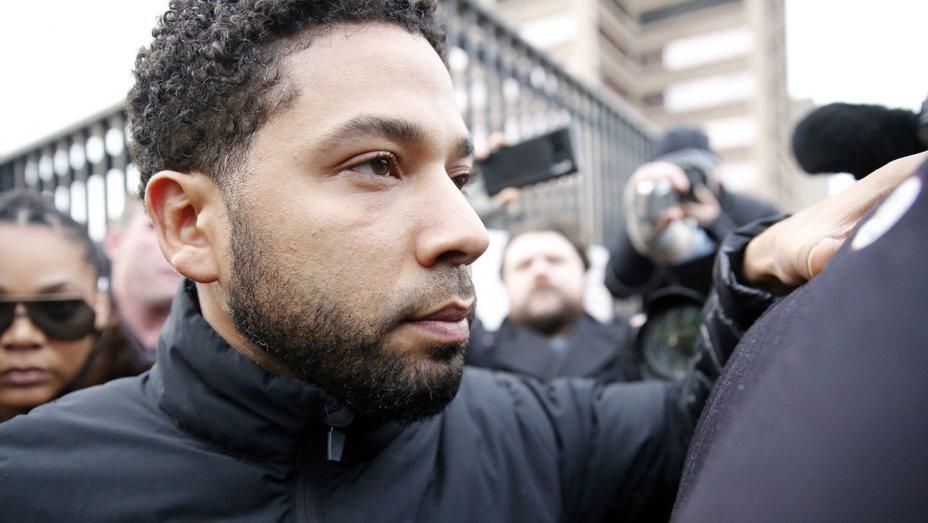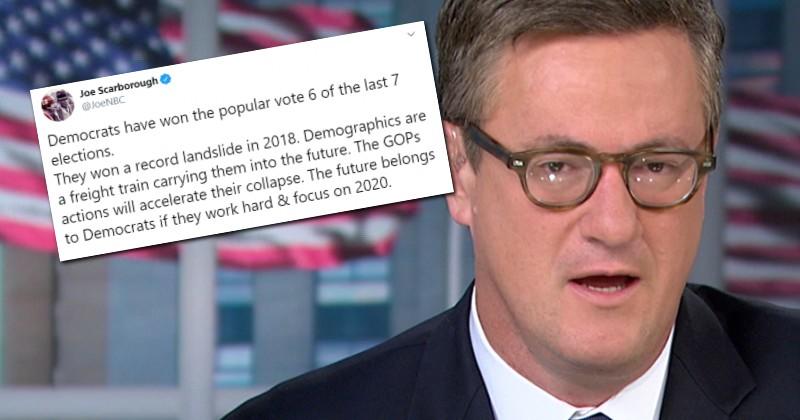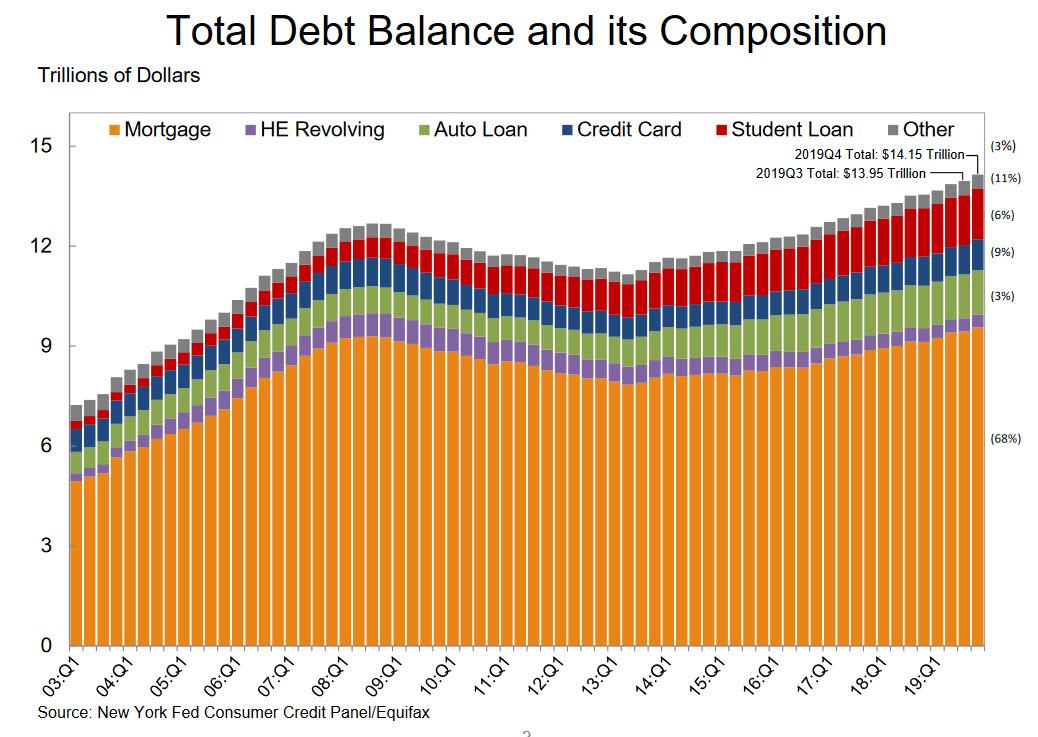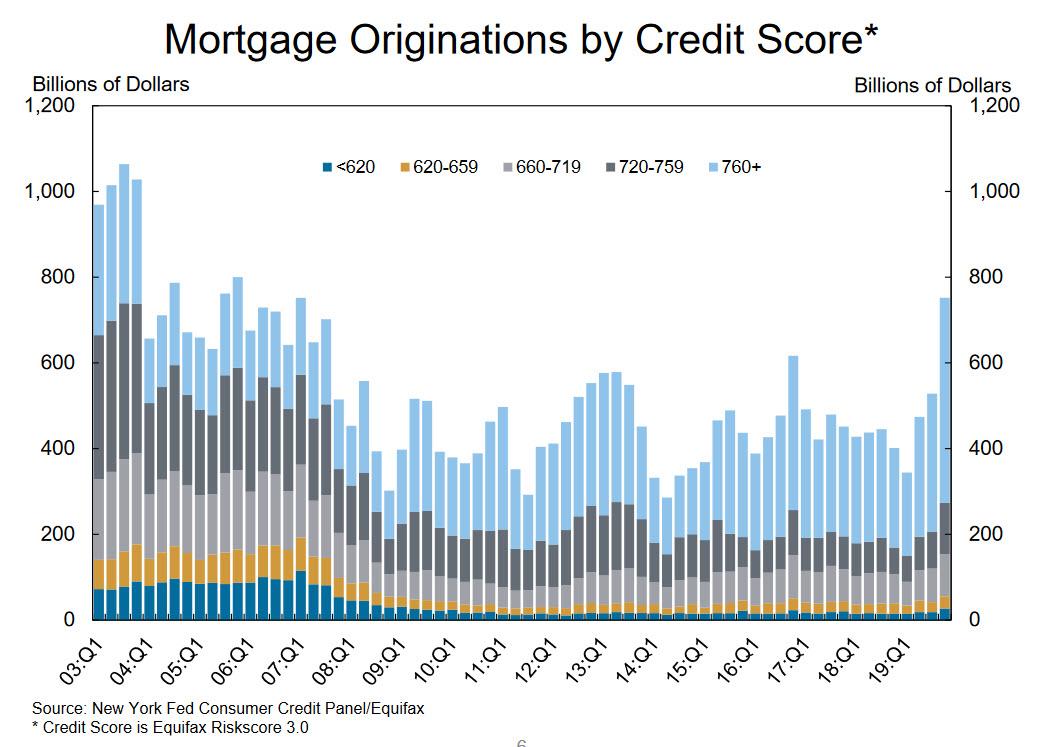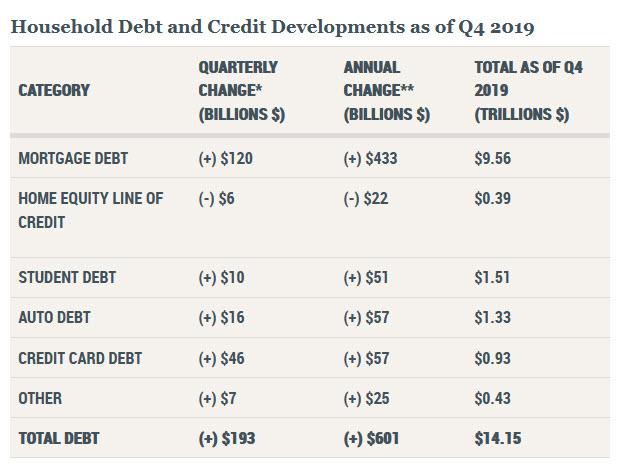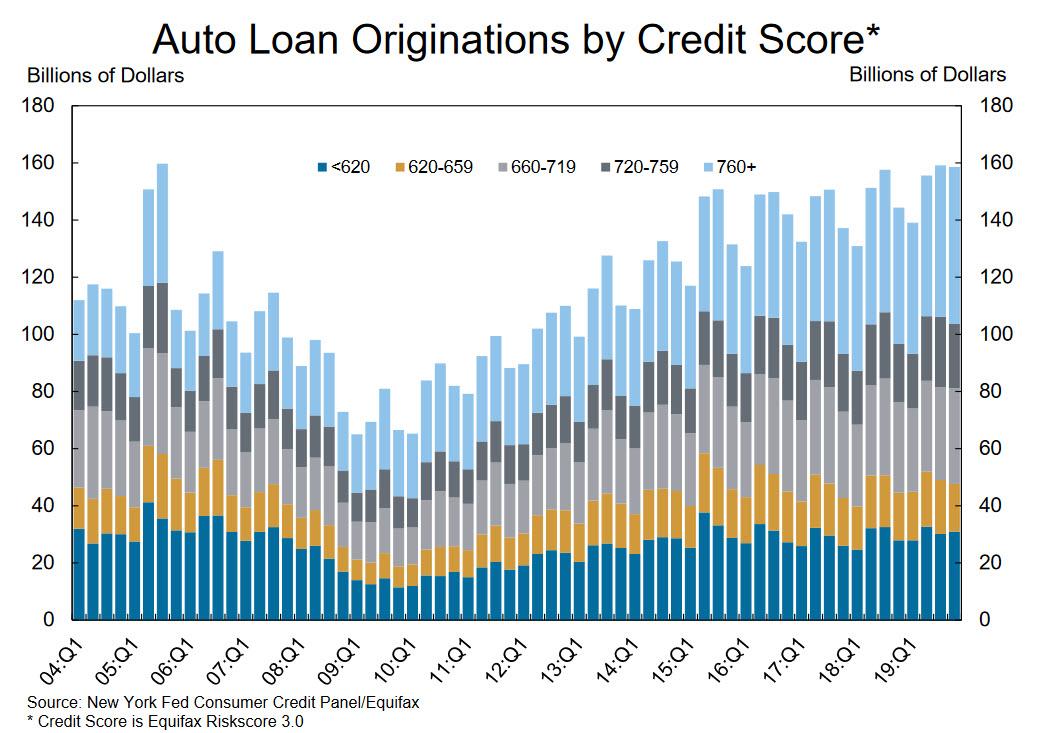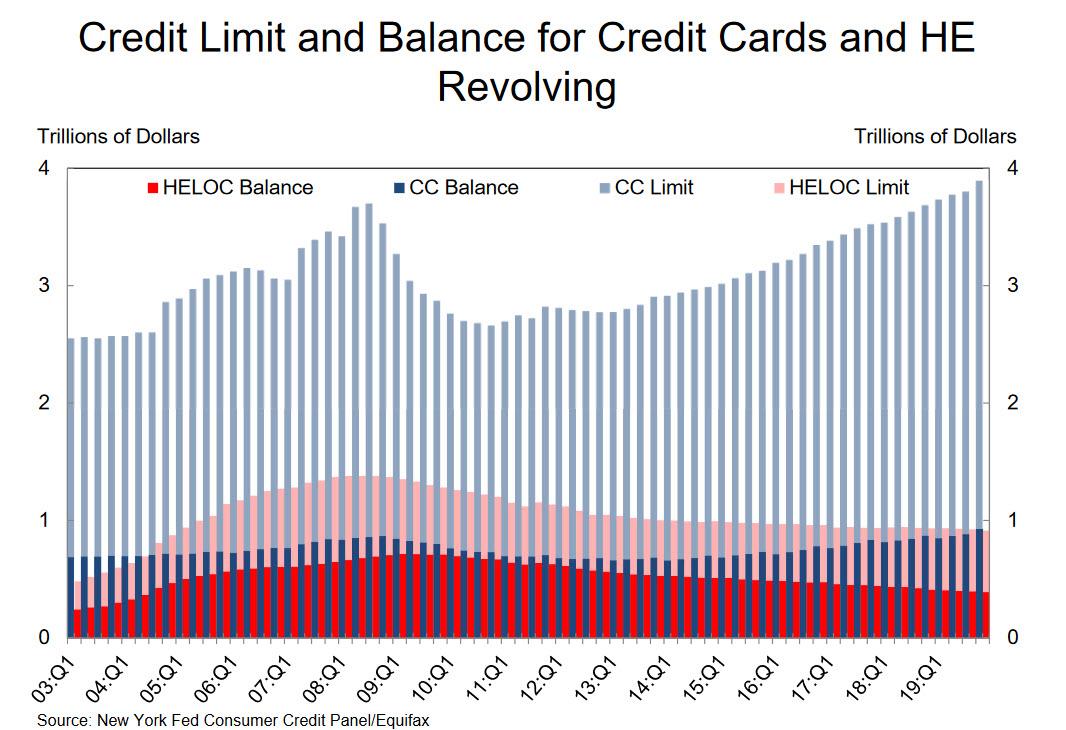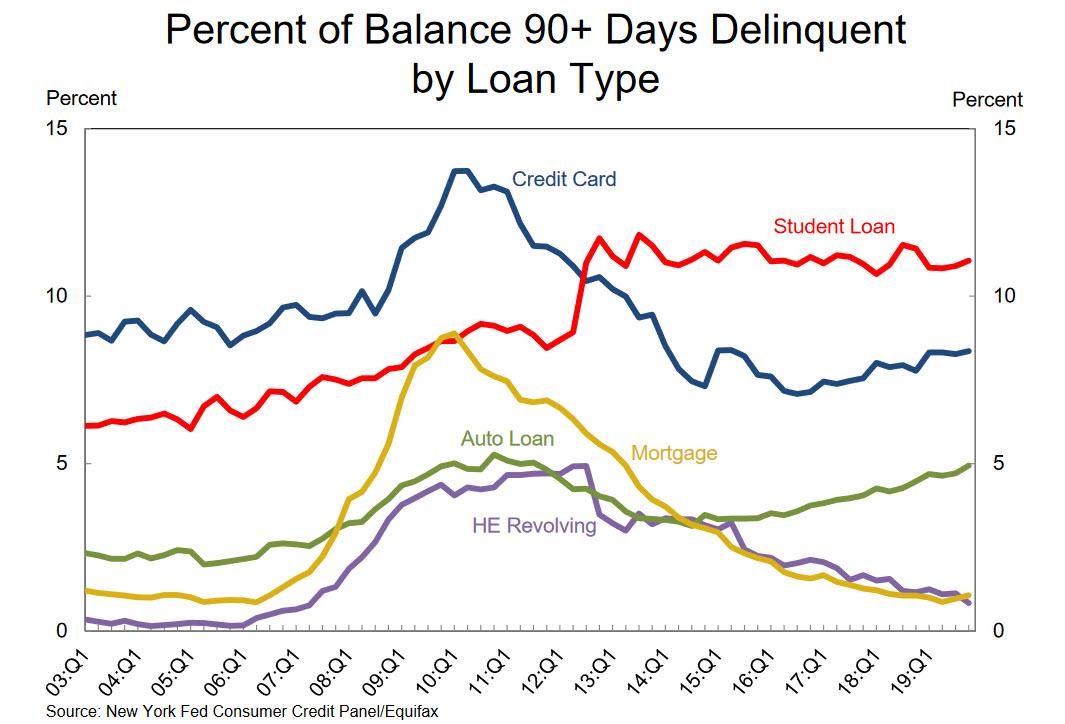Did the Framers of the Second Amendment consider the possibility that Americans might own firearms with a capacity greater than 10 rounds? Certainly yes. Such arms had been invented two centuries before the Second Amendment, and by 1791, repeating arms, including those capable of firing more than 10 rounds, were well-known in the United States. The history is explained in a Third Circuit amicus brief I coauthored last week.
Case background: In 2018, the New Jersey legislature prohibited the possession of magazines holding more than 10 rounds. The details of the statute are explained here by NJ firearms attorneys Scott Bach and Evan Nappen. The day the governor signed the legislation, the Association of New Jersey Rifle and Pistol Clubs sued the New Jersey Attorney General, asking for a preliminary injunction. District Court filings are available here. District Judge Peter G. Sheridan denied the preliminary injunction in September 2018. 2018 WL 4688345 (Sept. 28, 2018).
On expedited appeal, a 2-1 panel of the Third Circuit upheld the denial of the preliminary injunction in December 2018. 910 F.3d 106. Circuit Judge Patty Shwartz wrote the opinion, joined by Judge Joseph A. Greenaway, Jr. (Both are Obama appointees. Judge Shwartz’s seat was previously held by President’s Trump’s sister Marion Trump Barry; Judge Greenaway replaced Samuel Alito.) Judge Stephanos Bibas (former U. Penn. prof., appointed 2017 by Trump) dissented, writing “the majority’s version of intermediate scrutiny is too lax. It cannot fairly be called intermediate scrutiny at all. Intermediate scrutiny requires more concrete and specific proof before the government may restrict any constitutional right, period.” 910 F.3d at 133–34.
After remand to the district court, the District Judge ruled that there was nothing more to do, since the Third Circuit majority had disposed of all issues. Plaintiffs disagreed, and the case has now returned to the Third Circuit for briefing.
Amici: The amici on the brief include seven professors who are experts in Second Amendment law: Royce Barondes (Missouri), Robert Cottrol (George Washington),
Nicholas Johnson (Fordham), Joyce Malcolm (George Mason), Joseph Olson (Mitchell Hamline), Glenn Reynolds (Tennessee), and Gregory Wallace (Campbell). Organization amici are the Firearms Policy Coalition, Firearms Policy Foundation, Madison Society Foundation, California Gun Rights Foundation, and Independence Institute (where I work). The lead attorney on the brief was Joseph Greenlee, joined by me and by Prof. George A. Mocsary (U. Wyo. law school). Some of the material in the brief is covered in more detail in my article The History of Firearms Magazines and of Magazine Prohibition, 78 Albany Law Review 849 (2015).
Earliest repeating arms: A repeater is a firearm that can fire more than one shot without having to be reloaded. The first known repeating firearms date back to between 1490 and 1530, with guns that fired 10 consecutive rounds. A 1580 gun could fire 16 shots. Once the user pressed the trigger, these guns would continue to fire until the ammunition was exhausted.
Seventeenth century: By the 1640s, major improvements in repeating arms had been developed. Now, the user could fire just one shot by pressing the trigger, and then fire more shots by pressing the trigger repeatedly. Danish rifles invented by Peter Kalthoff had ammunition capacities ranging from 6 to 30 rounds. During the seventeenth century, Kalthoff repeaters were copied by gunsmiths from London to Moscow.
At about the same time, the Lorenzoni revolver was invented in Italy, with a typical capacity of 7 shots. Like semiautomatic firearms (invented 1885), the Lorenzoni could self-reload. To fire the next shot, the user did not have to move a lever, bolt, or pump; the Lorenzoni could fire as fast the user could press the trigger–similar to modern revolvers or semiautomatics. The Lorenzoni was manufactured far and wide–including in New England. Famed diarist Samuel Pepys was much impressed with a demonstration he saw in London in 1664.
Early America: The Kalthoffs and Lorenzonis were not the only repeaters made during the century. For example, in the mid-1600s, some American repeaters were manufactured with revolving cylinders to hold the ammunition. Unlike the revolvers perfected by Samuel Colt in the 1830s, these revolvers required the user to rotate the cylinder by hand after each shot.
The French in North America had their own repeaters. For example, in 1690 the Comte de Frontenac “astonished the Iroquois with his three and five shot repeaters.” 1 Charles Winthrop Sawyer, Firearms in American History 29 (1910).
Eighteenth century: Before the industrial revolution, firearms manufacture was artisanal, with guns being made one at a time by gunsmiths. Repeating arms have more parts than single-shot guns, and the parts must fit more closely than in a single-shot. Accordingly, the necessary expertise and labor time to manufacture repeaters meant that repeaters were only affordable for the wealthier minority of the population.
Growing prosperity in the eighteenth century enabled more Americans to buy repeaters. Lorenzoni variants were popular, particularly 9 or 10 shot versions made by London gunsmith John Cookson, and by a New England gunsmith of the same name. In 1722, Boston gunsmith John Pim impressed some local Indians with an 11-shot repeater that he manufactured and sold. “[L]oaded but once,” it “was discharged eleven times following, with bullets, in the space of two minutes, each which went through a double door at fifty yards’ distance.” Samuel Niles, A Summary Historical Narrative of the Wars in New England, in Mass. Hist. Soc. Collections, 4th ser., vol. 5, at 347 (1837).
During the Revolution, inventor Joseph Belton demonstrated a 16 shot long gun. Witnesses, including Gen. Horatio Gates and scientist David Rittenhouse, were impressed, and the Continental Congress negotiated with Belton for a large order, but Belton wanted more money than Congress could afford.
Also during the Revolution, the British introduced their six-shot Ferguson Rifle (which might have made a difference in the war, if the British had manufactured enough of them) and the Nock Valley Gun (which shot seven rounds at once).
Early Republic: By the time the Second Amendment was ratified, the state-of-the-art
repeater was the Girandoni air rifle, which could shoot 21 or 22 rounds in .46 or .49 caliber. Although powered by compressed air, the Girandoni was ballistically equal
to a powder gun, and powerful enough to take an elk with a single shot. Many air guns of the time were equally powerful.
Originally invented for Austrian army sharpshooters, the Girandoni was manufactured in Russia, Germany, Switzerland, England–and Pennsylvania. Meriwether Lewis bought a Pennsylvania model, and carried on the Lewis and Clark Expedition. The gun is mentioned 22 times in Clark’s journal–usually in the context of the expedition showing off the gun to Indians, making the implicit point that the expedition could defend itself against a larger group.
Early nineteenth century: The 1820s brought a new type of repeaters: Isaiah Jennings’ 15-20 shot models, which were copied by Reuben Ellis for a military contract later in the decade.
Double-barreled guns (like today’s double-barreled shotguns) had long been popular, but the first repeating arms that could fire several shots and that were broadly affordable to the middle class were the pepperbox handguns of the 1830s. They held the ammunition in rotating barrels, one round per barrel. The most common pepperboxes held 4 to 8 rounds, while some held up to 24. The 12-shot Bennett and Haviland Rifle used a similar system.
Colonel Samuel Colt improved everything with his revolvers. Colt’s handguns only needed one barrel, while the ammunition was stored in a revolving cylinder.
Since the War of 1812, the federal armories at Springfield, Massachusetts, and Harpers Ferry, Virginia, had been working hard at learning how to mass produce firearms with interchangeable parts. The Springfield Armory worked closely with private entrepreneurs, gaining their knowledge and broadly disseminating its own knowledge. The federal armories became the foundation of “the American system of manufacture”–a term that caught on globally when Samuel Colt displayed his revolvers at the Crystal Palace Exhibition in London in 1853-54.
The government-led advances in firearms manufacturing helped made firearms, including repeaters, increasingly affordable. The American system of manufacture first spread from firearms to sewing machines and eventually to grain reapers, typewriters, bicycles, and automobiles. The prosperity created by the American system created a virtuous cycle in which Americans got richer and spent more money on manufactured goods, and the growing sales of the manufacturers led to improvements that continually increased quality and reduced price.
Mid-nineteenth century: By the 1850s, all sorts of repeating arms were being sold in America, including 21-round pinfire revolvers, 12 shot/6 chamber revolvers, the 15-round Hall rifle, the 38 or 60 shot Porter Rifles, and the 42 shot Ferris Wheel pistol.
But the most successful developments began with a collaboration of Daniel Wesson (later, of Smith & Wesson) and Oliver Winchester. They combined the recently-invented metallic cartridge (which holds the bullet, gunpowder, and primer in a metal cylinder) with the lever action (in which the user reloads the next round of ammunition by pulling a lever up and down). The lever action had been invented centuries before in England, but was not broadly affordable until the American system of manufacture.
The first Wesson and Winchester gun was the 30-shot Volcanic Rifle; introduced in 1859, it had reliability problems. The problems were solved in the successor model, the 16 shot Henry Rifle of 1861, which could fire its full capacity in 11 seconds. By 1862, Union solders were using Henrys in the Civil War.
Then as now, repeaters make self-defense possible for an individual who is attacked by a group. One of he most famous testimonials for the Henry came from Captain James M. Wilson of the 12th Kentucky Cavalry, who used a Henry Rifle to kill seven of his Confederate neighbors who broke into his home and ambushed his family. Wilson praised the rifle’s 16-round capacity: “When attacked alone by seven guerillas I found it to be particularly useful not only in regard to its fatal precision, but also in the number of shots held in reserve for immediate action in case of an overwhelming force.” H.W.S. Cleveland, Hints to Riflemen 181 (1864).
By the time the Fourteenth Amendment was before Congress, the Henry had been improved into the Winchester Model 1866 rifle, which could hold up to 18 rounds, depending on caliber. It was a major commercial success, especially in the West. The Model 1866 was succeeded by the Model 1873, with capacity from 6 to 25. Both Winchesters have deservedly been called “the gun that won the West.” The Model 1892 (15 rounds) was a favorite of Annie Oakley, and, later, of John Wayne.
As an alternative to the lever action, the pump action (the user pushes and pulls a slide underneath the barrel to load the next round) came on the market in the last quarter of the century, most famously with the 15-round Colt Lightning of 1884.
The next year brought the first functional semiautomatic firearm, the Mannlicher Model 1885. Before the end of the century, numerous models of semiautomatic pistols were on the market; some of them had magazines over 10 rounds, such as the Luger M1899, with an optional 32 round magazine.
As always, repeaters were essential for defense against group attacks. That is why anti-lynching crusader Ida B. Wells and other civil rights activists urged black people to buy repeating rifles for defense against lynch mobs. For the same reason, the Florida legislature in 1893 enacted the first American controls on particular types of firearms, after a repeating rifle was used to deter a lynch mob.
Magazine controls: In the 1920s and early 1930s, alcohol prohibition gave a tremendous boost to organized crime and intergang warfare. Starting in 1927, six states enacted laws regarding ammunition capacity: Rhode Island, Michigan, Minnesota, Ohio, California, and Virginia. None of these laws banned possession; some required a license or registration, or banned in-state sales, or simply forbade altering a firearm to change its original capacity (while allowing purchase of manufactured firearms with any capacity). A 1932 congressional statute for the District of Columbia banned semiautomatic firearms with a capacity of over 12.
All of the state laws were later repealed. The Heller case suggested that “longstanding” gun control laws have a better chance to be found constitutional than novel laws; to be “longstanding,” a law must be “long” and “standing,” and none of the repealed state laws qualify, since they are no longer standing. 1 Shorter O.E.D. 1625 (1993) (“adj. Of long standing; that has existed a long time, not recent.”). No magazine ban currently in force is older than the 15-round limit enacted by New Jersey in 1990. And three decades is hardly enough to be longstanding, considering that DC’s 1975 handgun had been in effect for 33 years until the 2008 Heller decision.
In sum, guns with ammunition capacity greater than 10 rounds have existed since the sixteenth century, were well-known to the Founders (including the Continental Congress), and were mass market consumer items by the time of the Fourteenth Amendment. Although the Second Amendment’s protection is not limited only to the types of arms that existed in 1791, the Second Amendment does protect the types of arms that did exist in 1791, and those included arms with ammunition capacity greater than 10.
from Latest – Reason.com https://ift.tt/2HeCLhJ
via IFTTT
